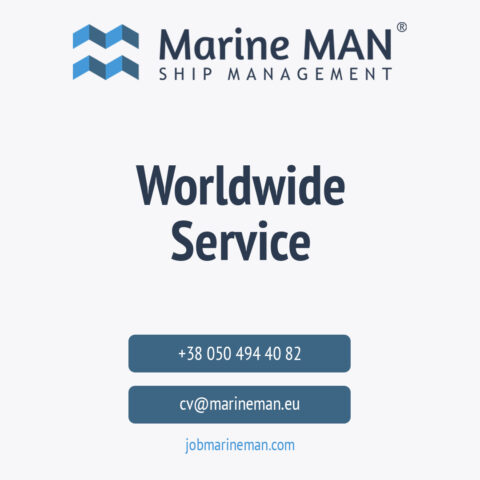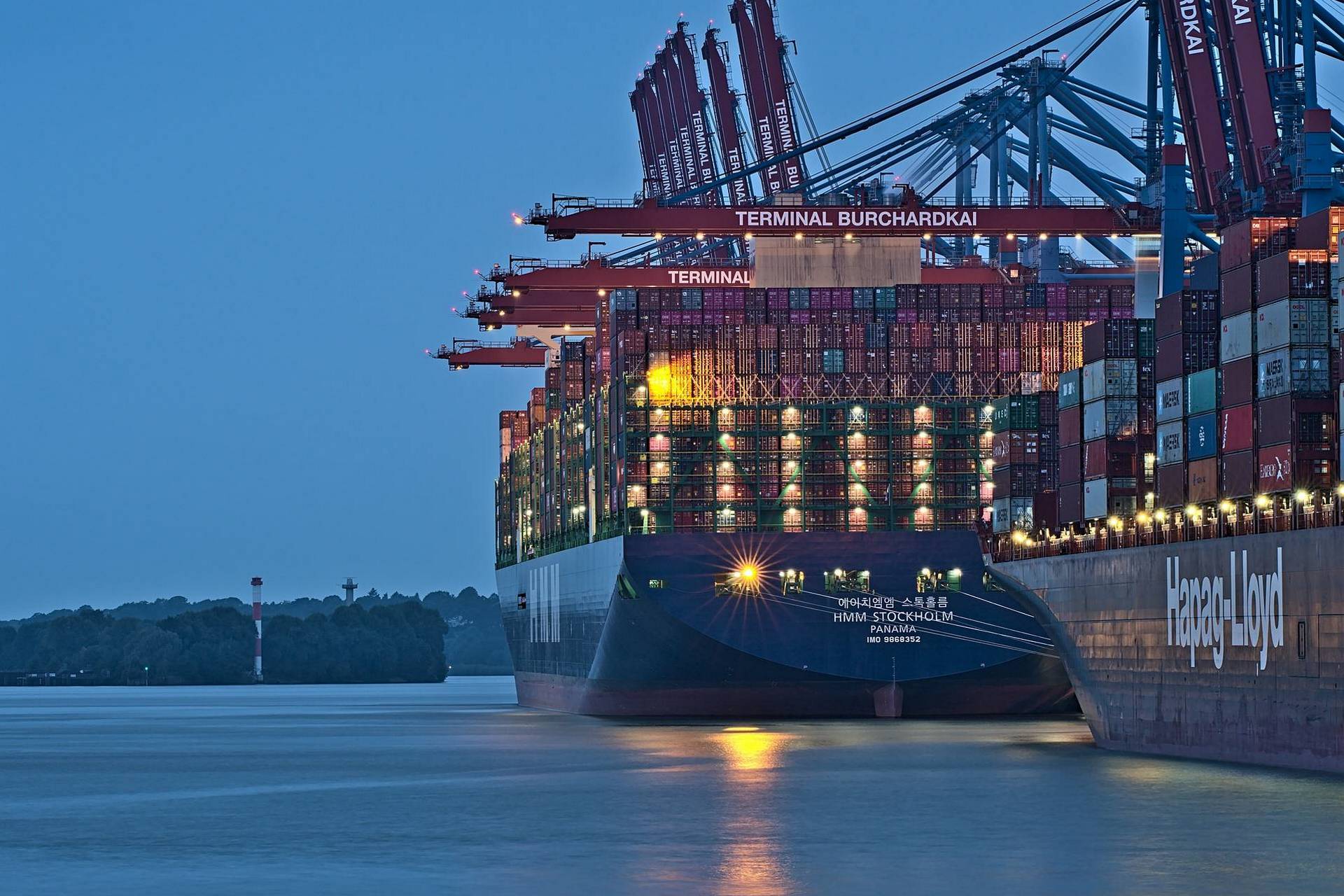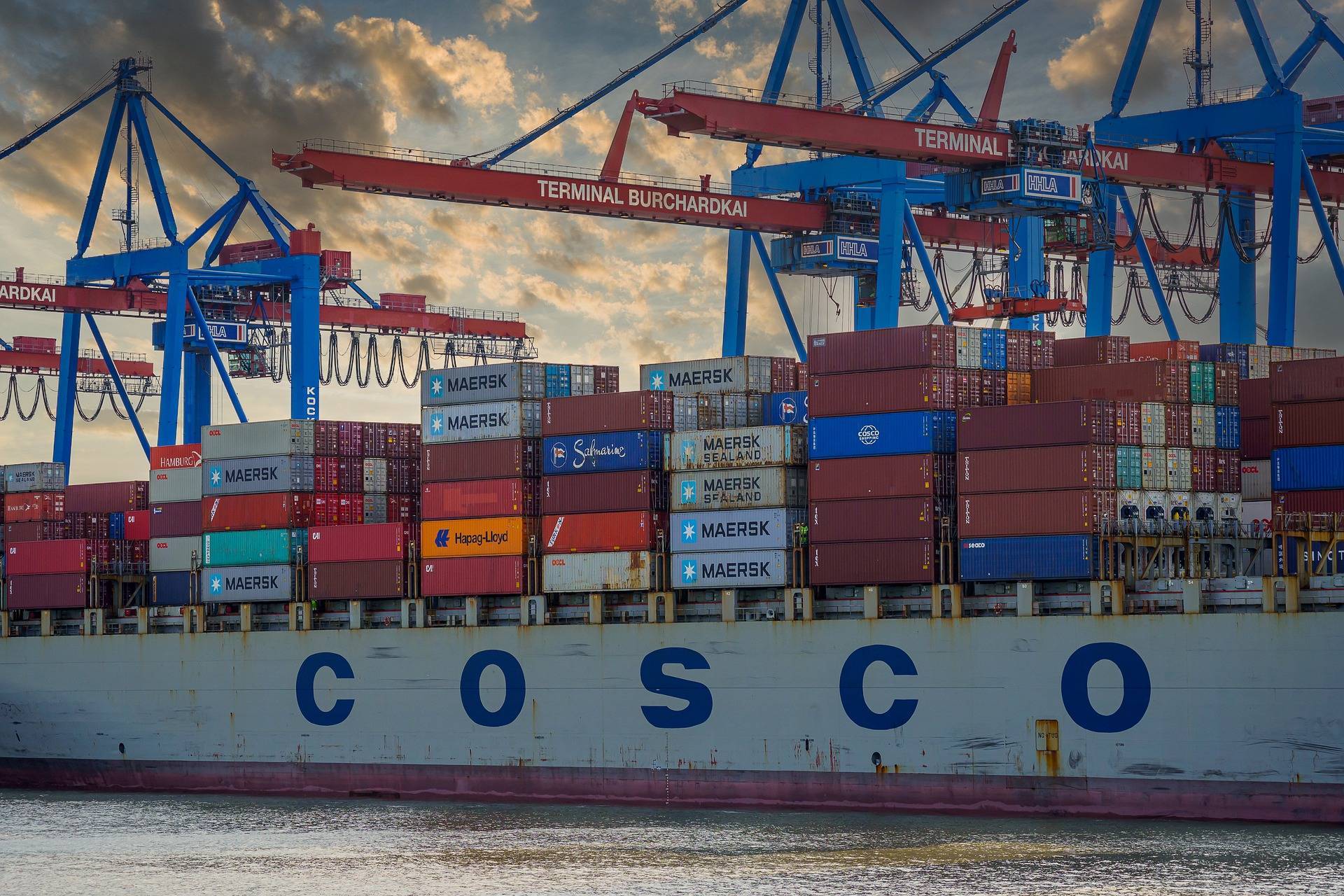AB and OS
 Automatic translation
Automatic translation
In nautical terminology, when designating the position of a crew member, abbreviations are often allowed, which can not always be easily deciphered. Nevertheless, there are not so many of them that they cannot be remembered, and more often the question arises in determining the responsibilities of certain positions. And today we will consider the issue of functional tasks able seaman (AB) and ordinary seaman (OS).
Ordinary Seaman
A Ordinary Seaman (OS) is a member of the deck compartment of the ship. This job provides an initial position for the accumulation of experience in order to further build a maritime career. For many years the term "ordinary seaman" meant that a sailor worked at sea for up to 2 years and during this time the captain proved his professional suitability.
The Ordinary Seaman is generally not required to be on watch, but must pass examinations in watchkeeping skills, including intercession and watchkeeping and steering. Accordingly, OS can often be present on the bridge, often after hours, getting acquainted with its equipment or carrying out certain assignments under the supervision of senior officers.
During training, the ordinary seaman performs many daily tasks that are in one way or another related to the deck compartment and the equipment and rigging located there. Thus, these tasks are directly dependent on the type of vessel, the duration and type of contract, the total number of crew members, weather, management personnel and other variables.
 The main duties of an ordinary seaman on board are:
The main duties of an ordinary seaman on board are:
- cleaning, polishing and painting of the deck and superstructure. Oxidation of metal parts is a natural process associated with seawater and its properties. Therefore, the crew from the deck department of ships spend a lot of time in the process of identifying and removing foci of rust, then re-polishing these areas with special materials (sealants, primers and paints) in order to slow down the oxidation process of deck surfaces;
- knitting and connection of wires and cables. Skills of this type of work are the basis for obtaining the certificate of a qualified seafarer. In this regard, while on its first or second voyage, the OS needs to demonstrate the development of these maritime skills in order to gain approval from the senior officers;
- ensuring the safety of cargo. Naturally, any cargo lifted on board must be properly secured. Among other things, it is the OS's responsibility to regularly inspect the fastenings for deformation or loosening. Thus, by his actions, the ordinary seaman ensures the integrity and safety of the cargo during the entire sea passage.
In turn, an able seaman is already an experienced sailor who has worked on ships for at least two years. AB can work as a watchman, day worker, or a combination of both. Once an able seaman has accumulated enough "sea time", he can, at will, take refresher courses, thereby gaining the opportunity to enter the officer corps.
When working at sea, the duties of an AB on watch include helmsman and observer duty. The main task of the helmsman is, of course, to maintain a stable course and maintain adequate communication between the bridge and the vehicle, ensuring safe movement. A watch officer may be admitted to a safety watch, such as a ladder watch or anchor watch, when the ship is not sailing.
A daily able seaman conducts daily general maintenance, repairs, sanitization of equipment and areas of the deck compartment entrusted to it. Often, they also carry out technical inspections and preventive maintenance of lifeboats and rafts, as well as other equipment used in emergency situations. On many ships, Senior AB is employed as a day laborer as it usually provides more time for rest.


